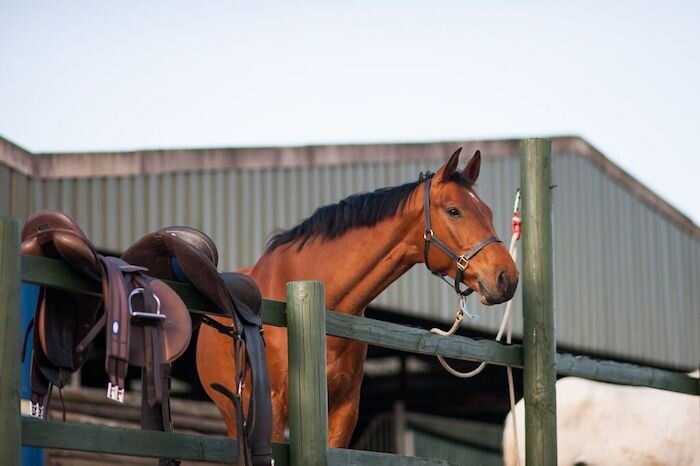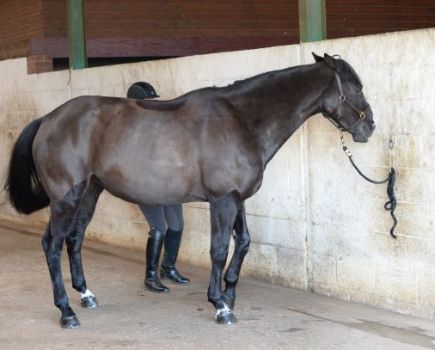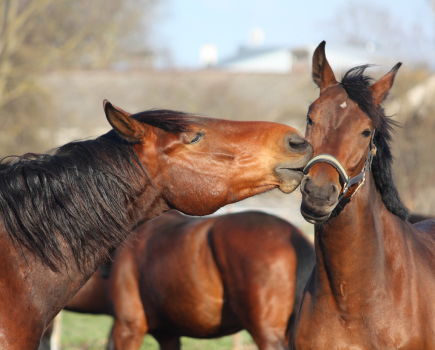Thinking about your horse’s emotional state as traffic light zones is a great way to get results in your training, earn his trust and improve your bond, as equine behaviour consultant Justine Harrison explains.
For training to be successful, you need to begin at the point your horse starts to become anxious. This could be anything that is relevant to your horse: separating them from a friend, loading, hacking out alone, for example.
You want to work with your horse in his emotional ‘go’ or ‘green zone’, when he is relaxed and paying attention.
If he starts to worry, you will have entered his yellow zone where his anxiety could go either way: if you give him time and don’t ask any more, he may relax and be happy to continue; alternatively, his behaviour may escalate and he will start to panic, entering the red zone.
Individual horses may display anxiety or hold tension in different ways, but common indicators to watch out for can be broken down into three zones using a traffic light system:
Green zone
In this zone, you horse is paying attention without feeling or showing any tension. This is the ideal emotional state for your horse to learn and build confidence. Indicators include:
- Soft body posture
- Relaxed muscles
- Soft, round eyes
- Relaxed facial muscles
- Happy to eat
Yellow zone
In this zone, your horse could go either way. Go back a few steps and, if necessary, put your horse back in his field or stable and try again later.
Indicators in this zone include:
- Raised head and body posture
- Raised tail
- Tension in the face — the chin, pursed lips
- Triangulation of the eye
- Increased muscular tension
- Fidgeting
- May be reluctant to eat
Red zone
In this zone, it’s too late. Remove your horse from the situation as safely and calmly as you can. Try again later or once he’s relaxed.
Red zone indicators include:
- Flight mode
- Trying to leave the situation
- Can’t stand still
- Vocalisation
- Whites of the eye visible
- Unable to eat or concentrate
Try it next time you’re doing something new with your horse, or tackling an issue that the pair of you need to get through together.








